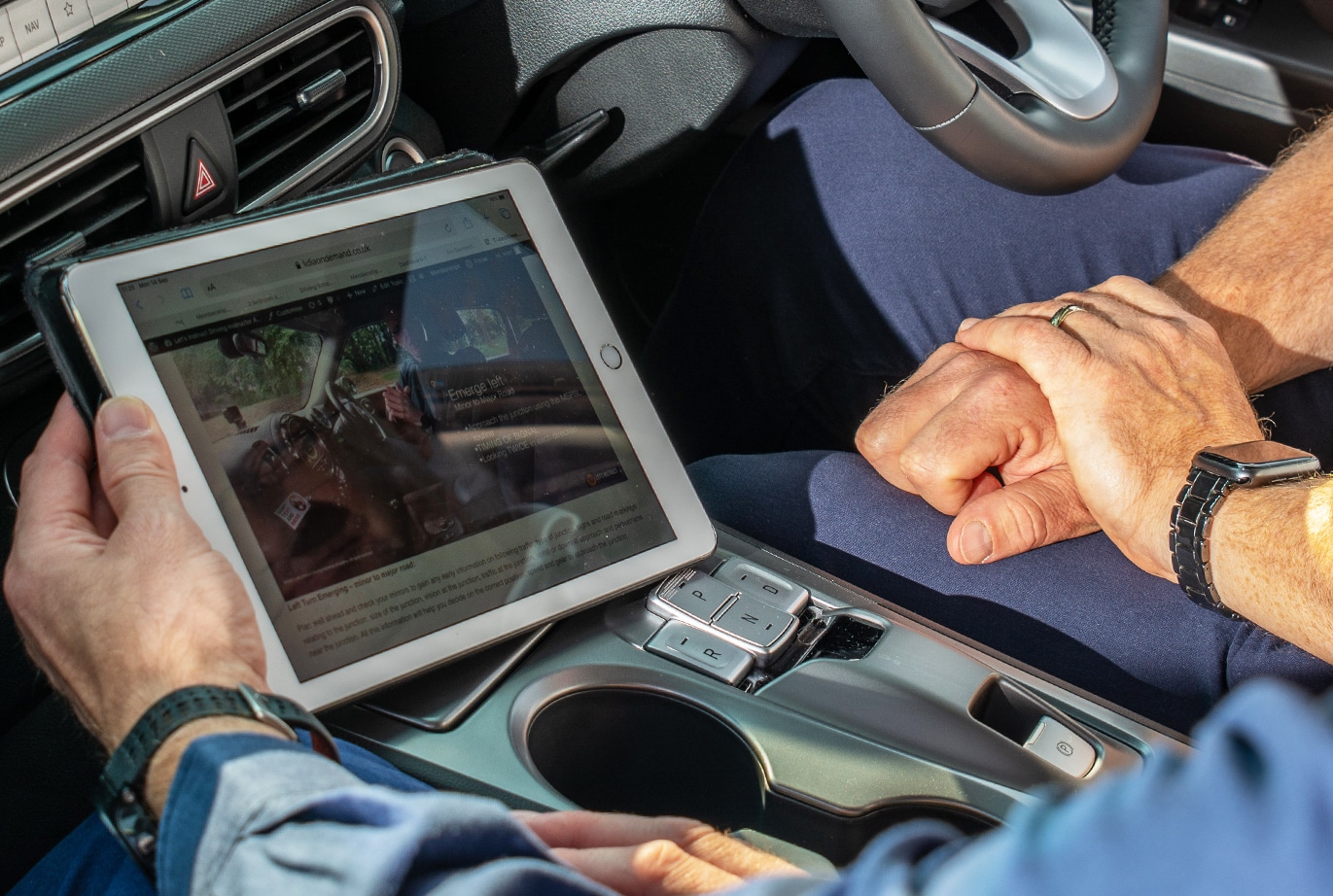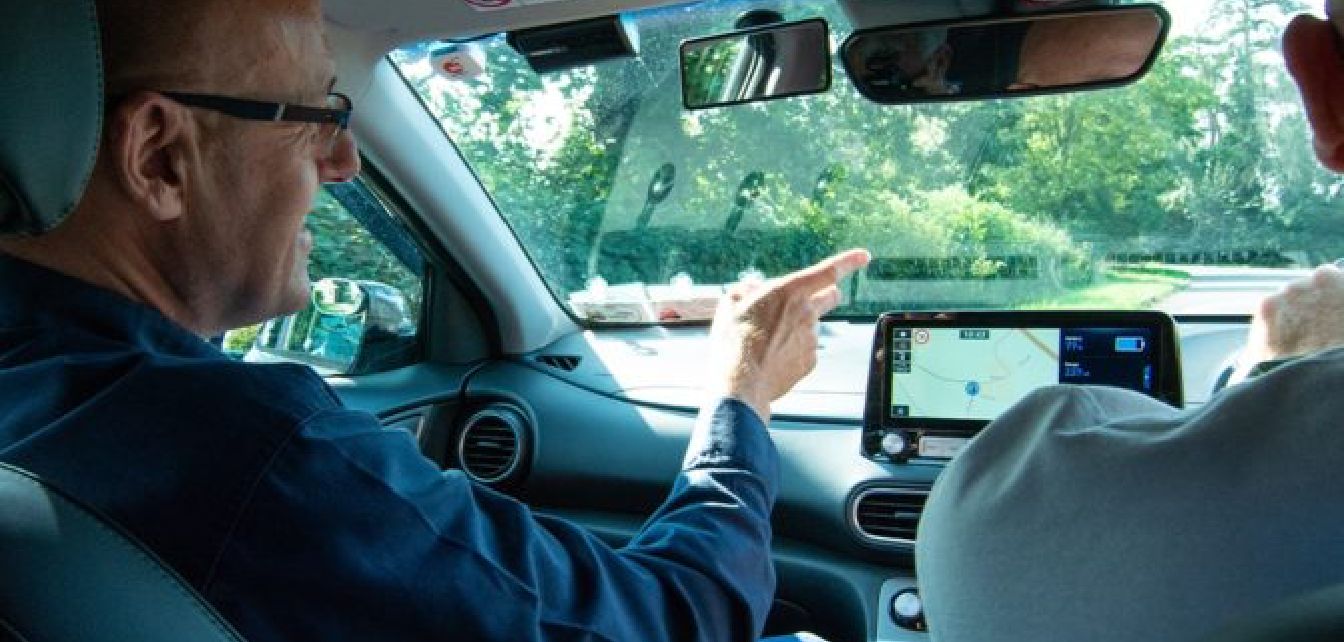Understanding Driver Behaviour Using the Goals for Driver Education Matrix
Understanding Driver Behaviour Using the Goals for Driver Education Matrix
By Andrew Love
When working with drivers, learners and instructors, we often focus on vehicle control and knowledge of the rules, and rightly so. These are the foundations of safe driving. However, to develop truly thoughtful and responsible drivers, we must look a little deeper, beyond the physical skills, into why drivers behave the way they do. That’s where the Goals for Driver Education Matrix (GDE Matrix) comes in.
This blog aims to help instructors and trainees understand the GDE Matrix by illustrating two relatable driving scenarios. We will see how it works through two familiar driving situations, while also including two important aspects: risk-increasing factors and self-evaluation.

The Scenarios:
Scenario 1: The Dream Holiday
You’re on your way to a once-in-a-lifetime holiday. Through no fault of your own, you’re running 30 minutes late. You approach a set of traffic lights that change from green to amber. You should stop – but you don’t. You continue through, justifying it by the fear of missing your flight.
Scenario 2: Visiting the In-Laws
A couple of weeks later, you’re in the same situation – same traffic lights, same timing – but this time, you’re heading to your in-laws. There’s no rush, so you stop at the amber light, as you should.
What’s Going on Here?
From a technical standpoint, both situations are identical. However, the driver acts differently. Why? The answer lies in the GDE Matrix, which helps us understand the various levels that shape driving behaviour.
The GDE Matrix Explained
The GDE Matrix is a framework used in driver education to examine the factors that influence driving decisions. It is organised into four levels of driver behaviour, with each level becoming more complex:
- Vehicle Control (Level 1): Steering, braking, gears – the physical operation of the vehicle.
- Driving in Context (Level 2): How we adapt our driving to traffic, weather, speed limits and knowledge of the rules.
- Goals and Context of the Journey (Level 3): How the reason for the journey will affect our driving choices.
- Personal Characteristics and Values (Level 4): Our attitudes, beliefs, risk tolerance, and lifestyle.

Scenario 1 (Dream Holiday): Matrix Breakdown
- Level 1 – Vehicle Control:
The driver physically manages the car well. No problems here. - Level 2 – Driving in Context:
The amber light indicates the need to stop unless it is unsafe to do so. The driver makes a poor judgement, choosing not to stop – not because they cannot, but because they do not want to. - Level 3 – Goals and Context of the Journey:
This is the key level for this situation. The driver’s goal is to catch a flight. There’s urgency, so they prioritise being on time over strict rule-following. Their context (being late for a holiday) heavily influences their decision. - Level 4 – Personal Characteristics and Values:
Perhaps this driver has a higher risk tolerance. They believe the risk of going through amber is worth it in this case. Their values and motivation (e.g., excitement, fear of missing out) drive them to bend the rules. - Risk-Increasing Factors:
- Time pressure
- Stress
- Motivated reasoning (“Just this once…”)
- Perceived importance of the journey
- Self-Evaluation:
After the event, would this driver honestly say that was the safest choice? Possibly not. But in the moment, urgency clouded judgement. Teaching drivers to reflect on choices after they’ve made them helps build awareness for the next time.
Scenario 2 (In-Law Visit): Matrix Breakdown
- Level 1 – Vehicle Control:
Again, there is no issue operating the car. - Level 2 – Driving in Context:
This time, the driver does the correct thing – stops at amber. - Level 3 – Goals and Context of the Journey:
There is no rush. The goal (visiting in-laws) does not create the same urgency. The journey’s context allows for a more relaxed, rule-following approach. - Level 4 – Personal Characteristics and Values:
The driver may still be the same person, but in this context, their values align more with being law-abiding and safe. No external pressure means they revert to a more cautious approach. - Risk-Increasing Factors:
- None present. The environment and state of mind support a safe decision.
- Self-Evaluation:
If asked about this situation, the driver would likely say they made the right choice, and would probably do the same again.
The Bigger Picture
The GDE Matrix reminds us that driving is not just a technical task – it’s a human one. People are influenced by time, emotions, goals, and beliefs. The same driver can make two very different choices simply based on how they’re feeling or where they’re headed.
As instructors, our role is to raise that awareness in learners. Not just how to drive, but how to think like a safe driver, even when things don’t go as planned.

Final Thought
The Goals for Driver Education Matrix isn’t just for textbooks. It’s a useful tool to help us shape drivers who think before they act, especially in situations that test their judgment. As instructors, our job isn’t just to teach driving – it’s to help shape attitudes and choices.
By using everyday scenarios like these, we can train drivers who don’t just know the rules, but understand why following them matters, especially when they’re tempted not to.